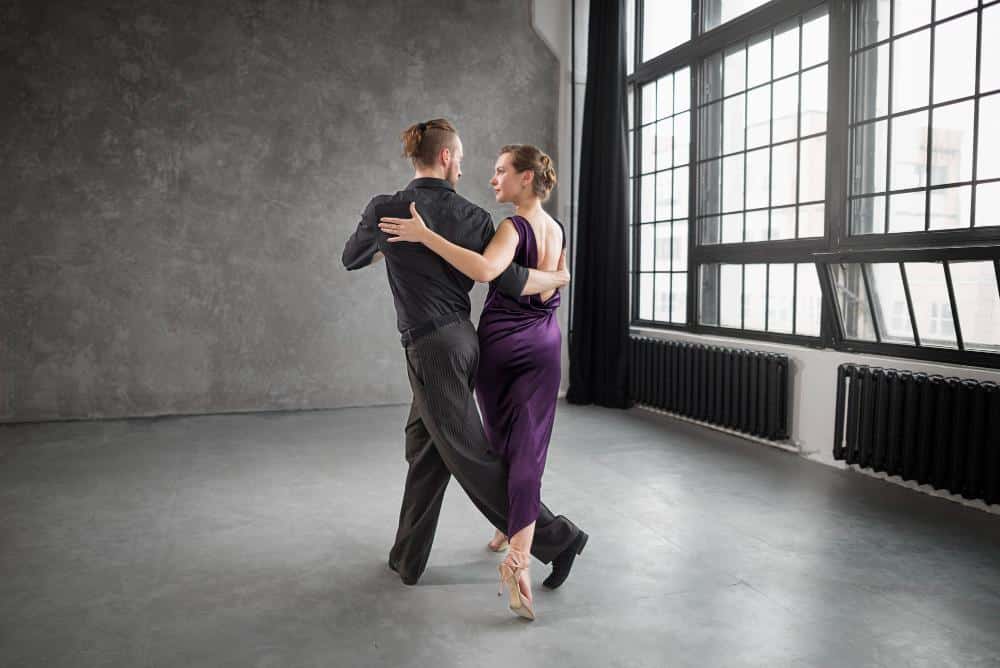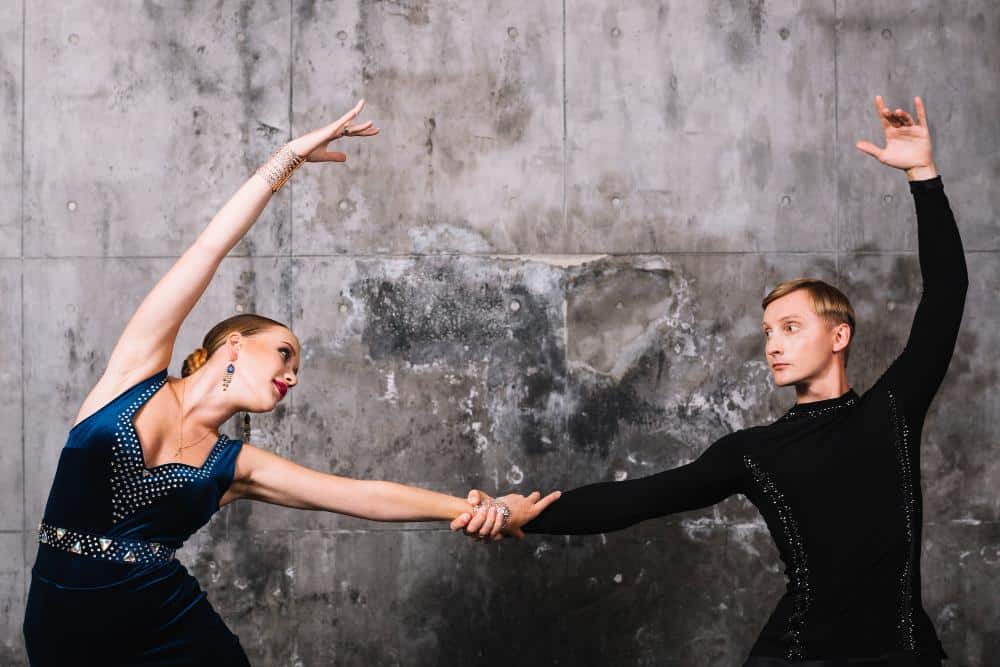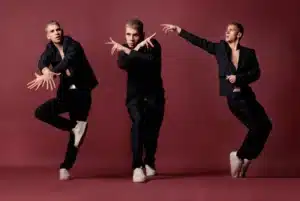In the ever-evolving landscape of performing arts, one genre stands out for its innovative spirit, boundless creativity, and ability to captivate audiences with its expressive movements: contemporary dance. Rooted in tradition yet constantly pushing boundaries, it incorporates elements that defy conventional norms and invites spectators into a world of fluidity, emotion, and profound storytelling.
However, despite its strong presence in the modern cultural scene, there’s confusion and ambiguity surrounding its definition—it is often misconstrued as a fusion of various dance styles or simply a synonym for modern dance. To understand what it is truly about, here’s a rundown of some of the important facts you need to know about this fantastic art form.
Defining Contemporary Dance
Contemporary dance defies easy categorization, as it is a fluid and dynamic art form that continually evolves with the times. In the 20th century, it emerged as a rebellion against the rigid structures of classical ballet. It embraces a diverse range of movement styles, techniques, and influences, drawing inspiration from ballet, modern dance, jazz, and even elements of everyday movement. Unlike classical ballet, which prioritizes form and technique, contemporary dance places a greater emphasis on self-expression, experimentation, and the exploration of movement possibilities.
Key Features of Contemporary Dance Technique

Contemporary dance embodies five defining characteristics that set it apart as a vibrant and expressive art form.
- Emphasis on fluidity and versatility: Contemporary dance seamlessly transitions between movements and explores a diverse range of dynamics, from gentle and flowing to sharp and dynamic.
- Expressiveness and emotionality: Contemporary dancers use their bodies to convey a spectrum of feelings, from joy to sorrow, through nuanced gestures and facial expressions, eliciting profound emotional responses from viewers.
- Innovation and creativity: Choreographers continually push boundaries and incorporate elements experimenting with unconventional techniques and concepts, utilizing improvisation to reflect contemporary societal issues and artistic trends.
- Strong connection to music: Choreographic movements need to complement rhythm, melody, and mood to enrich performances and deepen storytelling.
- Individuality and personal expression. Dancers need to infuse their performances with authenticity and depth, fostering artistic freedom and forging meaningful connections with audiences on a deeply personal level. These qualities are exemplified by the contributions of numerous notable choreographers who have enriched its vibrant tapestry of expression and innovation.
Renowned Dancers in the Contemporary Dance World
The influential choreographers in contemporary dance have shaped the art form through their groundbreaking work and innovative approaches to movement and expression.
- Martha Graham: She is an American choreographer who revolutionized the art form in the early 20th century. Graham’s exploration of movement as a vehicle for psychological and emotional expression paved the way for future generations of dancers to delve deeper into the depths of human experience.
- Merce Cunningham: Known for his avant-garde approach to choreography and his collaborations with influential composers and visual artists, Cunningham’s emphasis on pure movement and the exploration of space and time challenged traditional notions of dance composition and expanded the possibilities of what dance could be.
- Pina Bausch. With her unique blend of dance, theater, and performance art, she created works that were deeply theatrical and emotionally resonant. Bausch’s choreography often delved into the complexities of human relationships and the intricacies of the human psyche, pushing the boundaries of contemporary dance and inspiring generations of artists to explore new territories of expression.
Impact of Contemporary Dance Style on Performing Arts

Contemporary dance has had a profound impact on the broader landscape of performing arts, including theatrical dance performances, music, and visual art.
- Breaking Boundaries: Contemporary dance challenges traditional definitions, incorporating elements from various styles of dance like hip-hop and jazz, and innovative techniques such as floor work.
- Redefining Movement: It pushes physical and emotional boundaries, inviting audiences to engage with movement as storytelling.
- Exploring Social Issues: Through choreography, it addresses identity, gender, race, and social justice, sparking dialogue.
- Engaging Audiences: It captivates viewers with emotive performances, leaving a lasting impression.
- Inspiring Innovation: Contemporary dance uses improvisation, and influences choreography, staging, and other art forms, fostering creativity and collaboration.
The Future of Contemporary Dance
As we look ahead, the future of contemporary dance seems bright and full of possibilities. With the rise of digital platforms and virtual experiences, contemporary dancers have new avenues to engage with global audiences and connect with fellow artists from around the world. The spirit of experimentation and exploration that defines contemporary dance continues to inspire choreographers and dancers to push the boundaries of movement, expression, and storytelling.
A Unique Dance Style that Ripples Through Artistic Seas
Contemporary dance reverberates far beyond the confines of the stage, resonating deeply within the hearts and minds of audiences worldwide. Whether you are a seasoned dancer or a curious newcomer, contemporary dance offers a captivating journey into the world of movement, emotion, and artistic exploration. With its unwavering commitment to innovation, expression, and boundary-pushing creativity, it continues to make waves in the ever-changing landscape of the arts. As a powerful vehicle for storytelling, social commentary, and emotional exploration, it transcends cultural barriers, unites diverse communities, and sparks conversations that ripple through society. It stands as a testament to the enduring power of human creativity and the boundless possibilities of movement. Contemporary dance’s future remains certain: its waves will continue to shape and redefine the artistic landscape, inspiring generations to come with its limitless potential and unwavering spirit of innovation.




